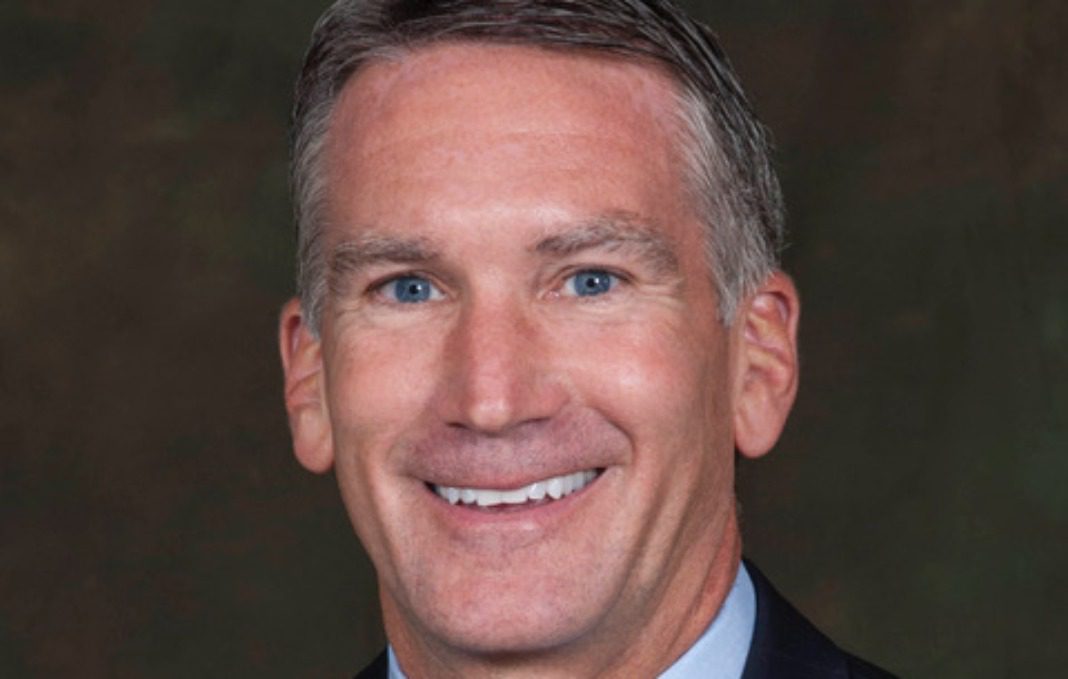Few companies are still in Covid crisis mode, but the lingering effects of the pandemic continue to be a challenge. From supply chain issues to rising costs, CFOs are at the center of enterprises’ biggest hurdles.
Ron Knutson, executive vice president and CFO of Lawson Products, a Chicago-based industrial distributor of maintenance and repair supplies, talked with StrategicCFO360 about how he maintained cash flow after the pandemic hit—and how he’s maintaining a healthy balance sheet today. A big part of his strategy? Deftly managing a rise in M&As.
How can CFOs ensure they exit the pandemic with a strong balance sheet?
By now, most organizations have worked their way through the initial impact of the pandemic on their working capital needs and the impact on their balance sheet. At Lawson Products, we initially realized cash inflow from our existing receivables as our funding of new receivables decreased due to decreased sales levels at the start of the pandemic. For the most part, we retained our existing customer credit terms—however, we worked closely with our customers and sales team in evaluating when it was appropriate to extend those terms.
Additionally, we proactively reached out to our suppliers to gain additional terms with our strategic vendors. It was in the best interest of all organizations to give a bit on terms to ensure positive cash flows. Also, in October 2020, Lawson Products completed its largest acquisition and made the final payment on that acquisition in May 2021. So, that put additional pressure on our overall capital structure and balance sheet, all while managing through the pandemic.
Today, many organizations are faced with supply chain issues on access to product, product lead times and transportation, as well as product cost increases and labor challenges. Lawson Products has great relationships with its vendor base, though we’ve experienced most of these challenges as well. Many of our actions are built around those challenges while also working through the related pricing actions for our customers. In today’s environment, if we can get our hands on fast-moving products, we’ll buy up. Excluding our acquisition in 2020, we’re carrying about 15 percent more inventory, although some of that is cost related.
Throughout the pandemic, we’ve managed our balance sheet closely with many of the moving pieces. Initially, we deferred some capital items, but we are now again investing in technology, our distribution network and growth initiatives to accelerate the business. While all of this takes capital, the long-term investment is necessary to support the growth of our business.
What are some key ways to control costs?
Controlling costs has been a focus of the leadership team at Lawson Products for many years. I believe one of the most important aspects of controlling costs throughout the organization is engagement of the team. Finance plays a critical role in developing the reporting and analysis of the cost trends and many times leads the discussion as to where the opportunities lie. At Lawson Products, the entire team understands the balancing of our cost structure against our sales levels. Also, finance is in the unique position to identify the cost trends and understand the overlap of various initiatives throughout the organization and when to take advantage of leveraging activities on each other.
Within Lawson Products, we have the typical cost controls and approval processes in place. However, over many years, we’ve educated the entire team on EBITDA, including our company goals and the roles that everyone plays in achieving those goals—particularly controlling operating costs. One example of that is the Operations Committee, which consists of the 10 vice presidents in the organization, who together must approve any new role in the organization other than sales reps and distribution center employees. We evaluate the need and the overall long-term benefit to the organization. Our corporate employee turnover rate is very low, so we view making that decision as a long-term commitment. Additionally, Lawson Products utilizes the Lean/Six Sigma process throughout the organization to identify the root cause of an issue and then develop strategies to refine a process at the lowest cost.
As an organization, we also understand that there are times to outsource certain initiatives to gain the expertise that is necessary. While generally the short-term cost of this is higher, the acceleration of the benefit generally comes much faster. We engage an ROI process on any new initiative or capital request. That forces individuals and departments to understand the expected financial return on that investment and holds them accountable for the results. So, in the end, it’s about creating a culture whereby we can take on costs and invest in the organization to drive long-term growth and shareholder return.
What role do you believe CFOs should play in M&A strategy, deal execution and integration?
Lawson Products has made seven acquisitions over the past five to six years. At Lawson Products, we’re fortunate enough to have a small team of three to four individuals that focuses on the identification of opportunities. Also, our sales team is incredibly helpful in identifying potential opportunities to research as they have a great view on our competition at the local level.
For merger strategy, the CFO can and should play a critical role in how a potential merger can support the long-term growth of the organization. While the CFO may not be able to review every opportunity that comes in, their guidance in how it fits into the organization is critical from a value creation and shareholder return perspective.
In terms of deal execution, at Lawson Products a small group of three to four members of the senior leadership team has direct input on the execution stage of negotiations, purchase price, potential earn-outs, working through contract terms and ultimately signing the deal. Our mission during the deal execution stage is to be able to use the seller as a potential reference on future deals. Our integrity and process in our approach and delivering a fair process for all parties is critical to ensure this can happen.
For the integration process, Lawson Products utilizes a cross-functional team represented by almost every area of the organization—sales operations, product management, human resources, finance, customer support, pricing, legal, information technology and many others. Our sense is that individuals who understand our core business can offer the greatest input on how a new organization can be integrated into our organization. Or alternatively, if the acquired company should be run as a stand-alone operation from the commercial side of the business, while taking advantage of back-office synergies. The CFO plays a critical role in this process to keep the end goal in sight and to assist in developing alternatives when issues arise.
Do you believe that companies have an opportunity to capture cost and revenue synergies at or above plan with CFO involvement in M&A integration?
Absolutely. Many times, the CFO can be the quarterback to ensure that the original cost and revenue synergies are obtained. However, the CFO can also play a strategic role in connecting many areas of the organization to take advantage of other opportunities that may not have been identified during the due diligence process. The key to exceeding plan is the close engagement of the teams across both organizations.
For those acquisitions that are integrated, many times the largest opportunity to exceed the original plan is to take advantage of cross-selling products within the existing customer base. This takes a concerted effort between the sales and product management functions of the organizations to identify these opportunities down to the specific customer level. Then, align and incentivize the individuals that can make it happen at the ground level.








